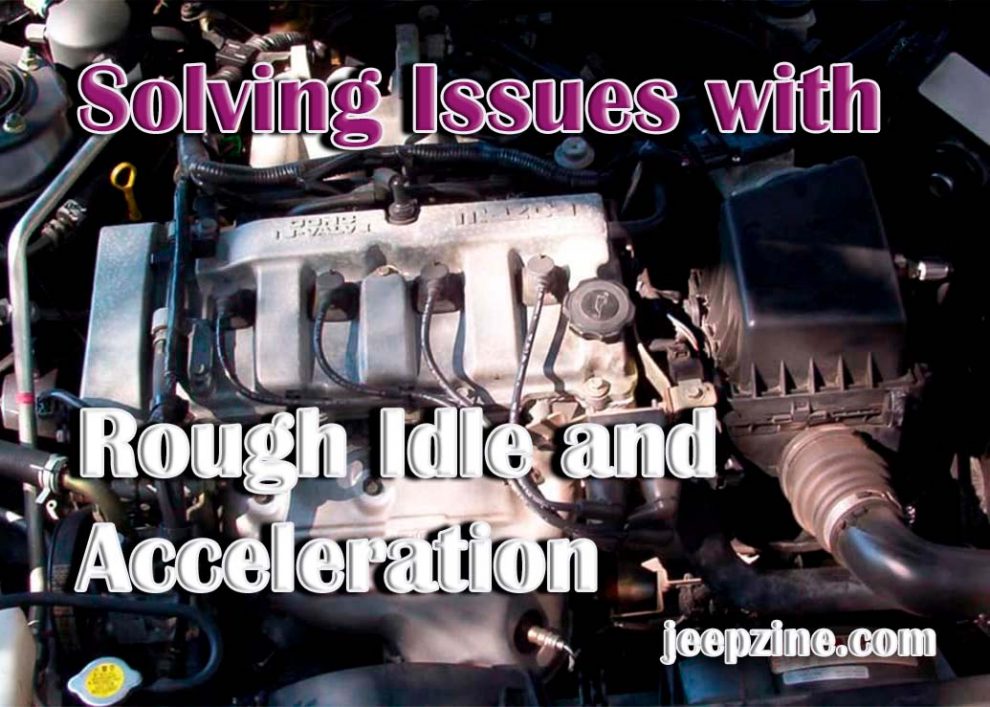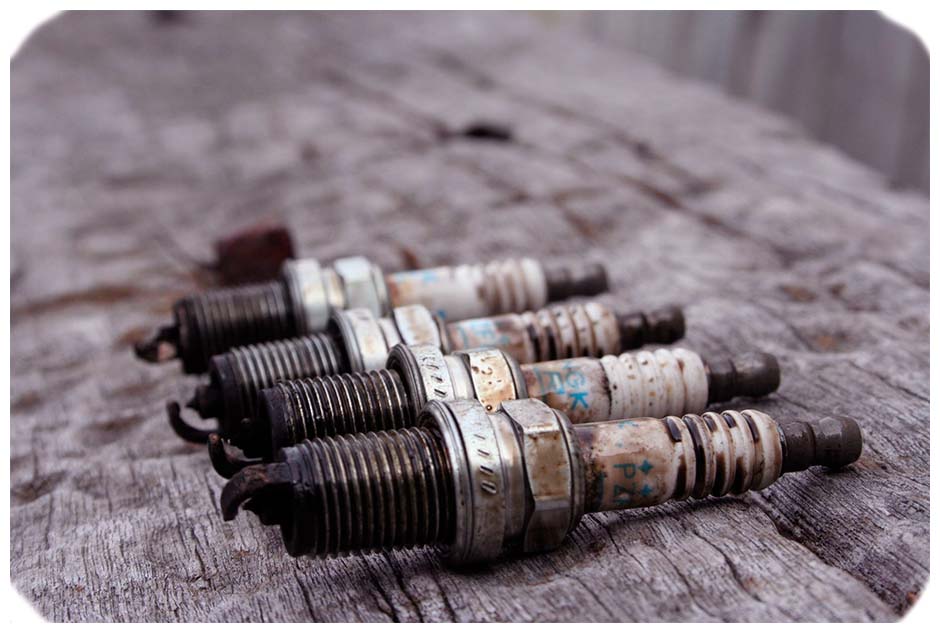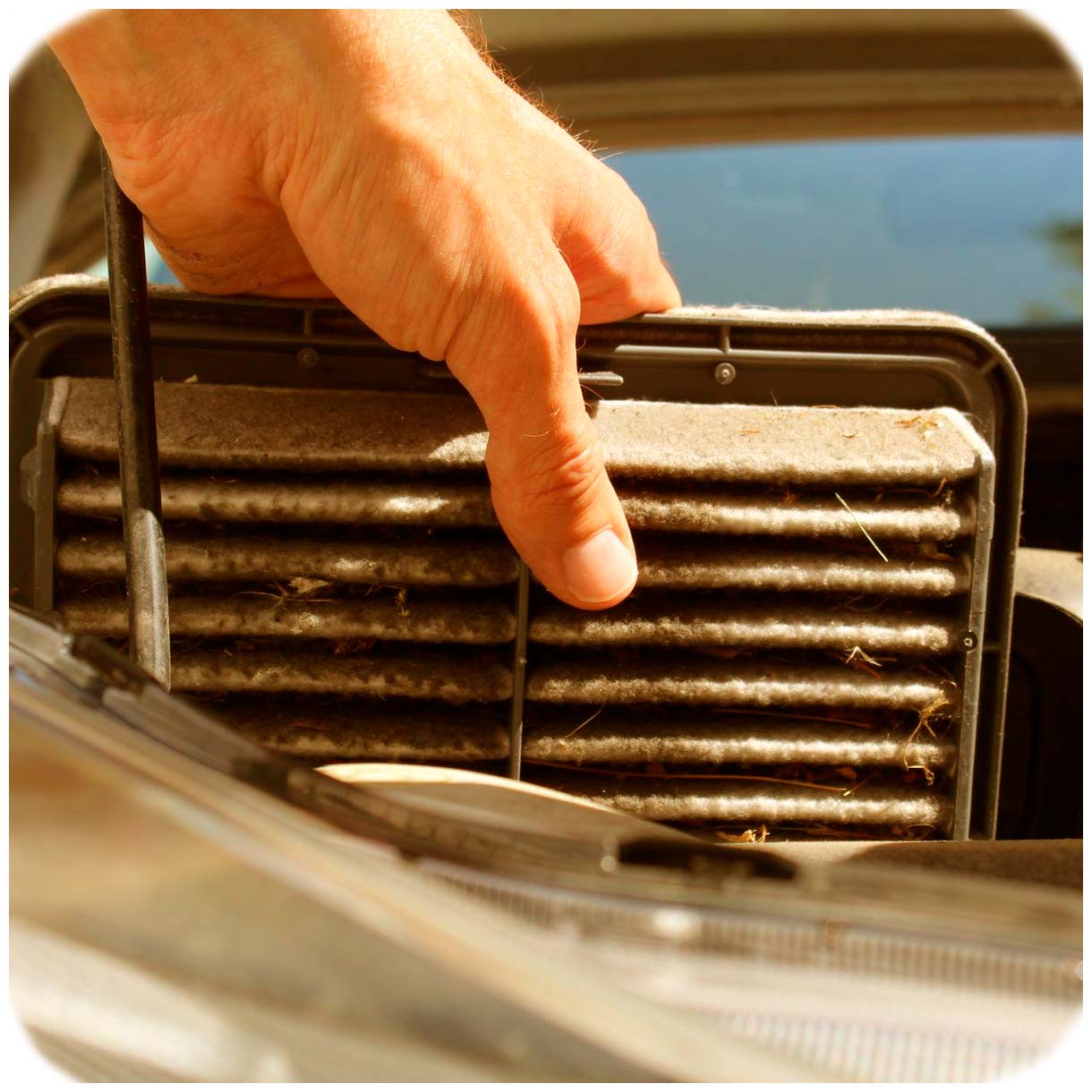Having an issue with your car’s engine can be very frustrating and sometimes even dangerous. One of the most common issues is a rough idle or acceleration, which can cause your vehicle to shake, surge, or bounce on the road. To help you diagnose and fix this problem, we’ve created this comprehensive guide on how to diagnose and repair a rough idle and acceleration issue.
Common Causes of a Rough Idle and Acceleration
The causes of a rough idle or acceleration can vary significantly, but here are some of the most common:
-
Misfiring spark plugs: Spark plugs that have become dirty or worn out can cause misfires when they fail to ignite fuel in the cylinders correctly. This leads to an unstable engine that causes shaking at low speeds (rough idle) as well as surging during acceleration.
-
Vacuum leaks: Vacuum leaks occur when there is a leak in one of the vacuum hoses connected to your engine. This disrupts the air/fuel mixture needed for proper combustion and causes your vehicle to run inconsistently at low speeds (rough idle) as well as suffer from poor acceleration performance due to decreased power output from the engine.
-
Dirty air filter: A dirty air filter can restrict the amount of air that enters the engine, leading to an improper air/fuel mixture and causing a rough idle and acceleration issue.
-
Carbon buildup: Carbon buildup in the combustion chamber can lead to incomplete combustion, resulting in an unstable engine at low speeds (rough idle) as well as poor acceleration performance due to decreased power output from the engine.
Diagnosing a Rough Idle or Acceleration Problem
To properly diagnose a rough idle or acceleration issue, it’s important to use a diagnostic tool such as an OBD-II reader that can help identify any fault codes stored in your vehicle’s ECU (engine control unit). The codes can then be used to pinpoint what component is causing the problem. Additionally, visual inspections of components such as spark plugs, and vacuum hoses may reveal evidence of issues that could be causing a rough idle or acceleration problem.
Repairing a Rough Idle or Acceleration Problem
Once the cause of the rough idle or acceleration is identified, it’s time to repair the issue. Here are some common repairs that may be necessary:
-
Replace spark plugs: If your spark plugs have become dirty or worn out, they should be replaced with new ones to ensure proper fuel combustion in the cylinders.
-
Fix vacuum leaks: Leaky hoses should be replaced, and connections should be secured to prevent air leaks that can lead to an improper air/fuel mixture.
-
Clean or replace air filter: If your vehicle’s air filter has become clogged, it should be cleaned or replaced with a new one for your engine to receive sufficient airflow for proper combustion.
-
Remove carbon buildup: Carbon buildup can be removed from the combustion chamber using chemical cleaners and specialized tools such as an engine decarbonizer kit.
Conclusion
Diagnosing and repairing a rough idle and acceleration issue may seem daunting at first, but with this guide, you’ll have the tools and information you need to get your vehicle running smoothly again. Remember to always refer to your vehicle’s service manual for specific instructions when performing any repairs, as well as take necessary safety precautions.


 Misfiring spark plugs:
Misfiring spark plugs:  Fix vacuum leaks: Leaky hoses should be replaced, and connections should be secured to prevent air leaks that can lead to an improper air/fuel mixture.
Fix vacuum leaks: Leaky hoses should be replaced, and connections should be secured to prevent air leaks that can lead to an improper air/fuel mixture.
Add Comment